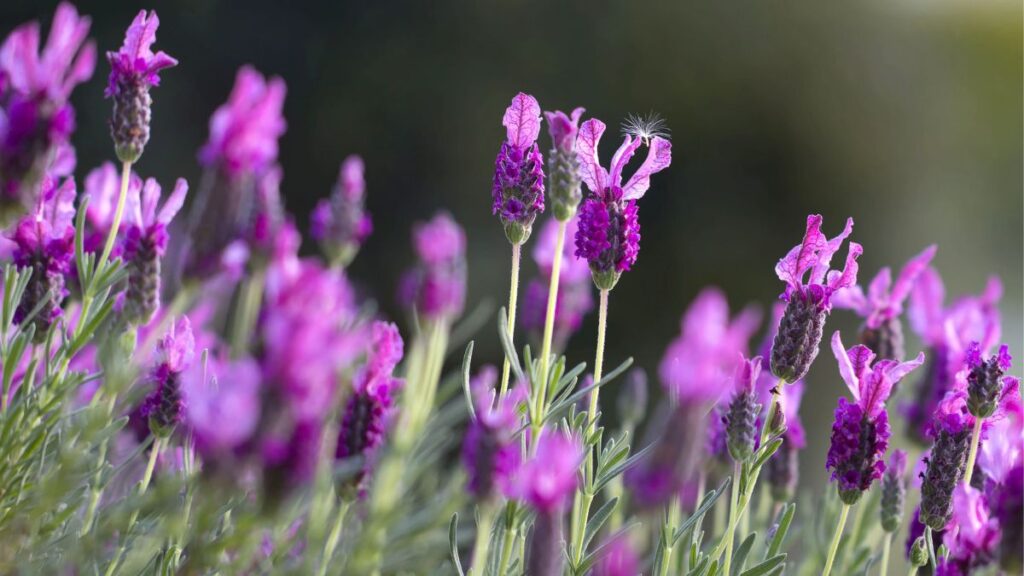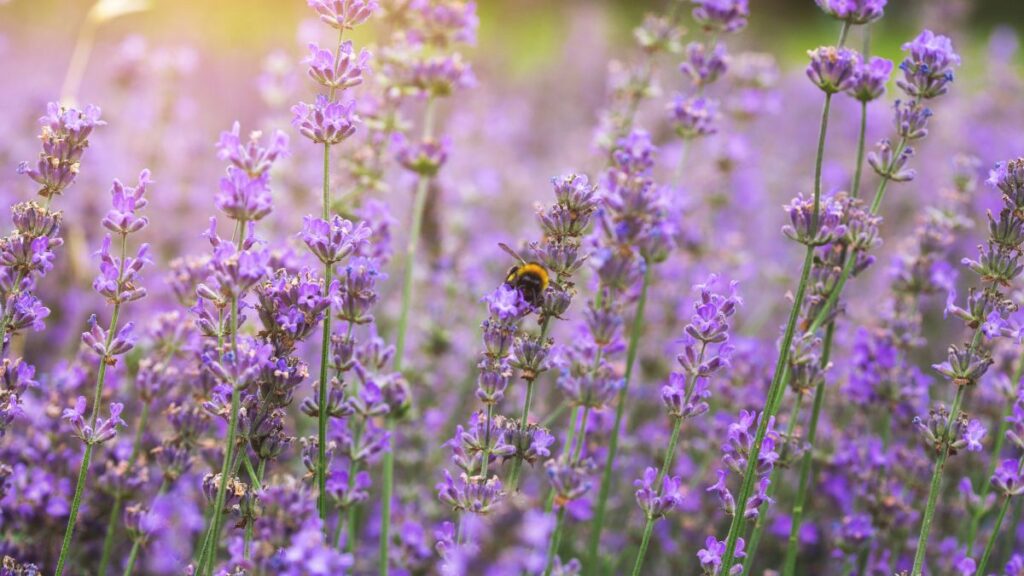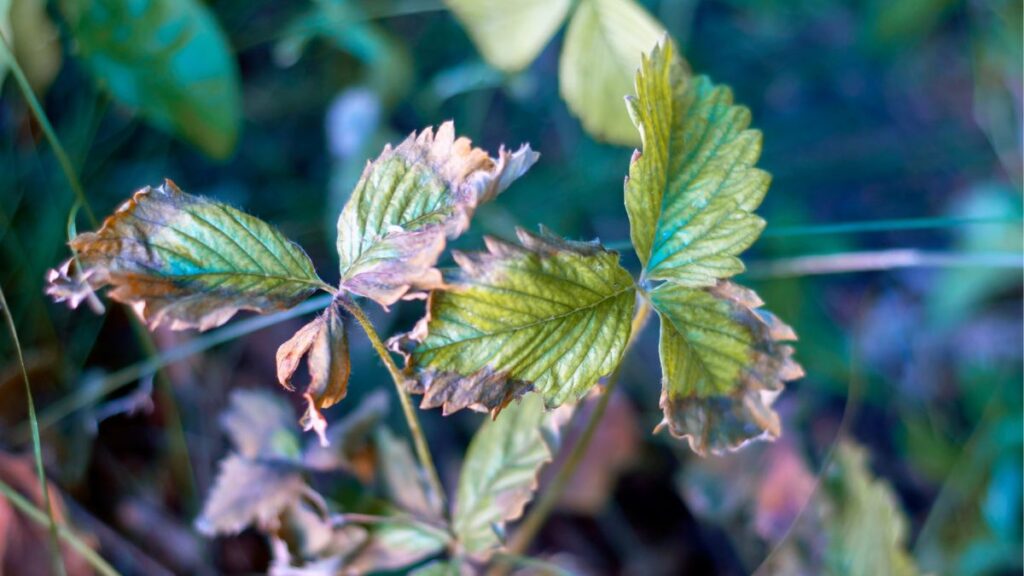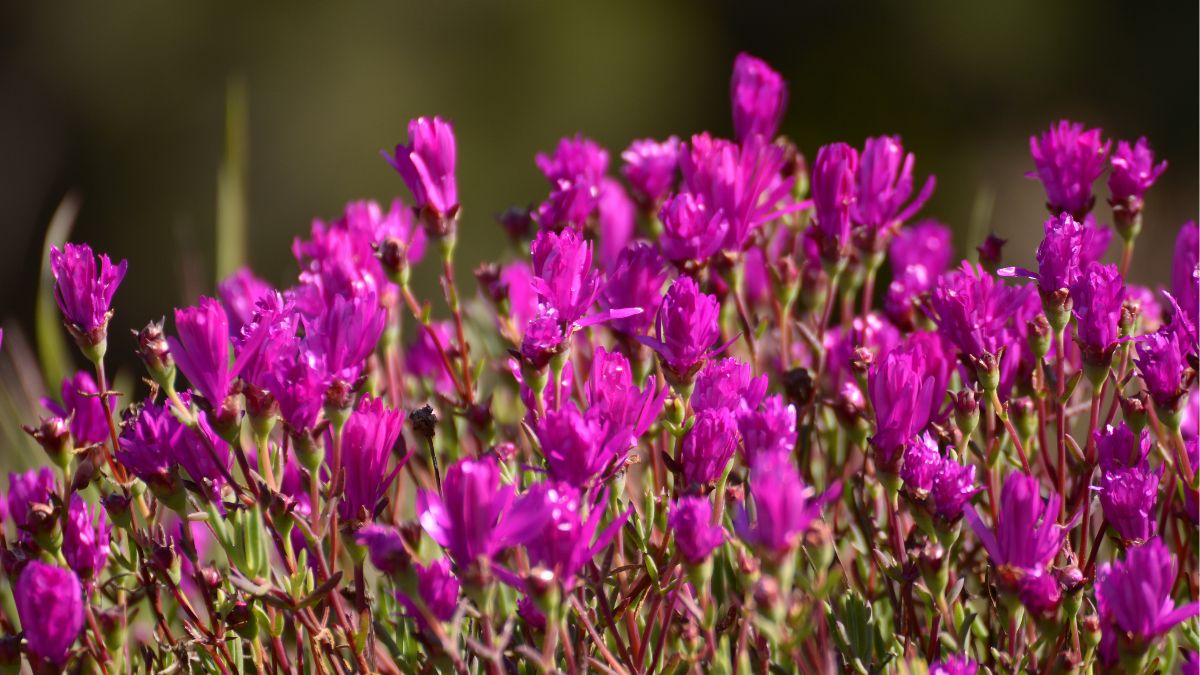Introduction
French lavender, known for its captivating fragrance and stunning purple flowers, is a beloved plant that has been cherished for centuries. Originating from the Mediterranean region, particularly the Provence area of France, this aromatic herb has found its way into gardens, homes, and hearts worldwide. Let’s delve into the world of French lavender, exploring its history, uses, and cultivation.

History and Origin of French Lavender
French lavender, scientifically known as Lavandula dentata, is a species of lavender that is native to the Mediterranean region. It is believed to have been cultivated by the ancient Romans and Greeks for its aromatic properties and medicinal benefits. The name “lavender” is derived from the Latin word “lavare,” which means “to wash,” highlighting its use in ancient times as a fragrant additive to baths and laundry.
Varieties of French Lavender
French lavender is known for its distinctive serrated leaves and tufts of flowers that bloom atop long, slender stems. There are several varieties of French lavender, each with its own unique characteristics. Some popular varieties include Lavandula dentata ‘Royal Crown,’ which features deep purple flowers and a compact growth habit, and Lavandula dentata ‘Grey Hedge,’ known for its silvery-grey foliage and strong fragrance.
Growing Conditions for French Lavender
French lavender thrives in sunny, well-drained soil and is tolerant of drought once established. It is best grown in a location with full sun exposure and protection from strong winds. The plant should be watered sparingly, as overwatering can lead to root rot. Pruning should be done after flowering to encourage new growth and maintain a compact shape.
Benefits of French Lavender Oil
French lavender oil is renowned for its calming and soothing properties. It is often used in aromatherapy to promote relaxation and reduce stress. The oil can also be used topically to soothe skin irritations, such as insect bites and minor burns. Additionally, French lavender oil is believed to have antibacterial and antifungal properties, making it a popular choice for natural cleaning products.
Culinary Uses of French Lavender
French lavender is not only prized for its fragrance but also for its culinary uses. The flowers can be used to flavour desserts, beverages, and savoury dishes. Lavender-infused sugar and honey are popular ingredients in baking, adding a subtle floral note to cookies, cakes, and teas. In Provence, lavender is often used in traditional dishes such as herbes de Provence and lavender-infused goat cheese.

Medicinal Uses of French Lavender
In addition to its aromatic and culinary uses, French lavender has a long history of medicinal use. It is believed to have anti-inflammatory and analgesic properties, making it a popular remedy for headaches, muscle aches, and joint pain. French lavender oil is also used in aromatherapy to alleviate symptoms of anxiety, insomnia, and depression.
Aromatherapy with French Lavender
French lavender is a popular choice for aromatherapy due to its calming and relaxing effects. The scent of lavender is believed to promote a sense of well-being and reduce feelings of anxiety and stress. Lavender essential oil can be diffused in the air, added to bathwater, or used in massage oils to enjoy its therapeutic benefits.
Harvesting and Drying French Lavender
French lavender is best harvested when the flowers are in full bloom. The flowers should be cut just above the leaves and gathered into small bundles. The bundles can then be hung upside down in a warm, dry place to dry. Once dried, the flowers can be used in sachets, potpourri, and other crafts.
How to Use French Lavender at Home
There are many ways to incorporate French lavender into your daily life. The flowers can be used to make fragrant sachets for drawers and closets, or added to bathwater for a relaxing soak. Lavender oil can be added to homemade cleaning products, or used to scent homemade candles and soaps. The possibilities are endless!
French Lavender in Crafts and DIY Projects
French lavender is a popular choice for crafts and DIY projects. The flowers can be used to make lavender wands, which are decorative items that can be hung in the home to enjoy their fragrance. Lavender can also be used to make infused oils, balms, and salves for personal use or gifting.
Caring for French Lavender Plants
French lavender plants should be pruned regularly and fertilized sparingly to ensure healthy growth and abundant blooms. They should be protected from frost and cold temperatures, as they are sensitive to extreme cold. With proper care, French lavender plants can thrive for many years, providing beauty and fragrance to your garden.

Common Pests and Diseases of French Lavender
French lavender is relatively pest and disease-resistant but can be susceptible to certain issues. Aphids, spider mites, and whiteflies can sometimes infest lavender plants, especially if they are stressed or unhealthy. Proper watering, pruning, and fertilizing can help prevent these problems.
Conclusion
French lavender is a versatile and beautiful plant that has been cherished for centuries for its fragrance, culinary uses, and medicinal properties. Whether grown in a garden or enjoyed in crafts and DIY projects, French lavender adds a touch of Provence wherever it blooms.
FAQs
Q: Can French lavender be grown indoors?
A: French lavender can be grown indoors in a sunny location with well-drained soil.
Q: Is French lavender safe for pets?
A: While French lavender is generally safe for pets, it is best to keep pets away from the plant to prevent ingestion.
Q: How often should French lavender be watered?
A: French lavender should be watered sparingly, allowing the soil to dry out between waterings.
Q: Can French lavender be used in cooking?
A: Yes, French lavender flowers can be used to flavour a variety of sweet and savoury dishes.
Q: How tall does French lavender grow?
A: French lavender typically grows to a height of 1 to 3 feet, depending on the variety and growing conditions.
